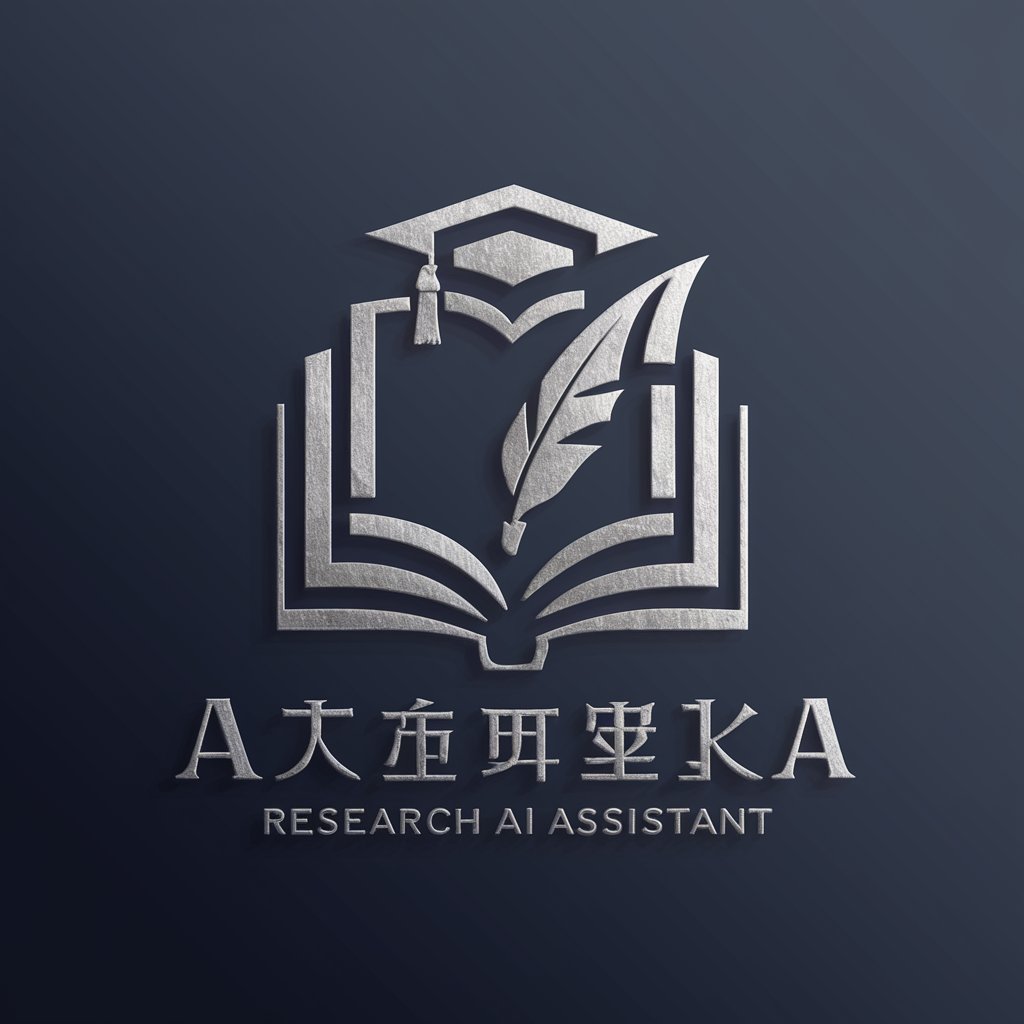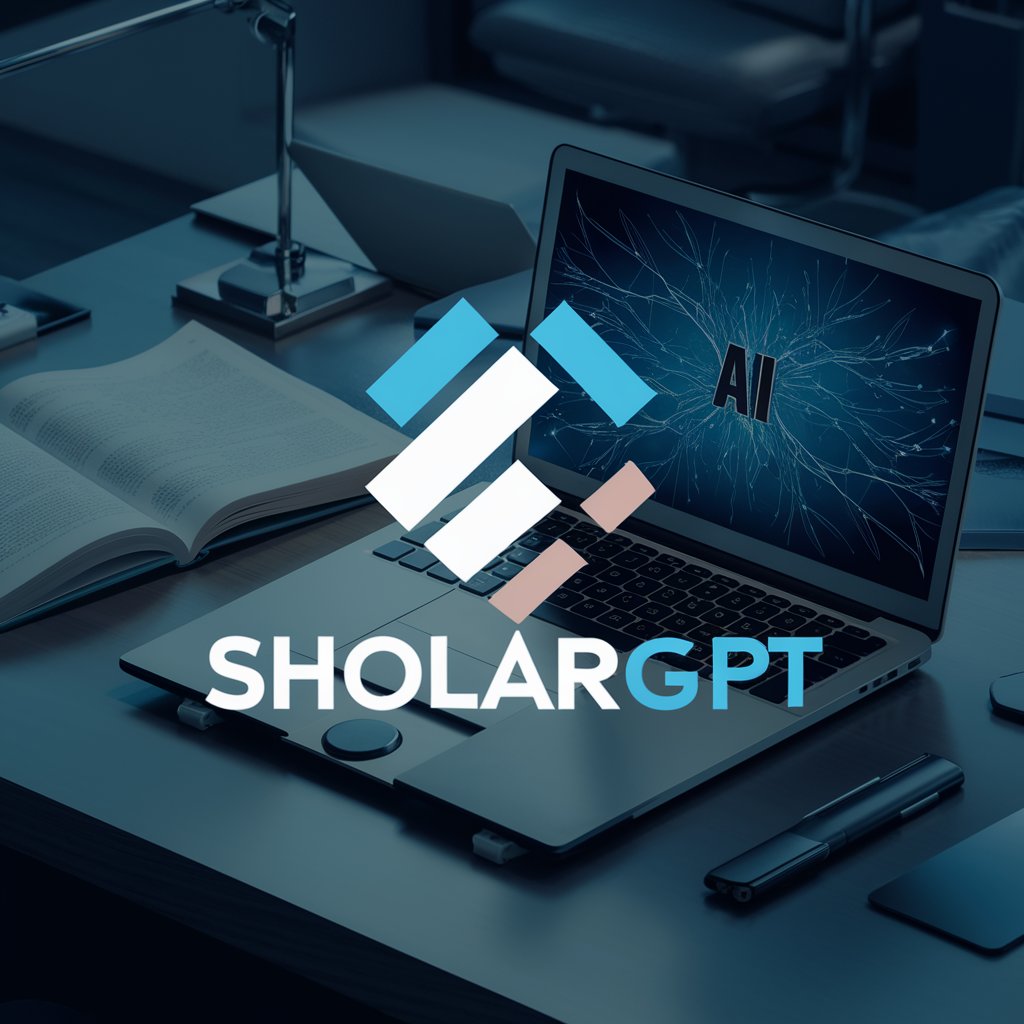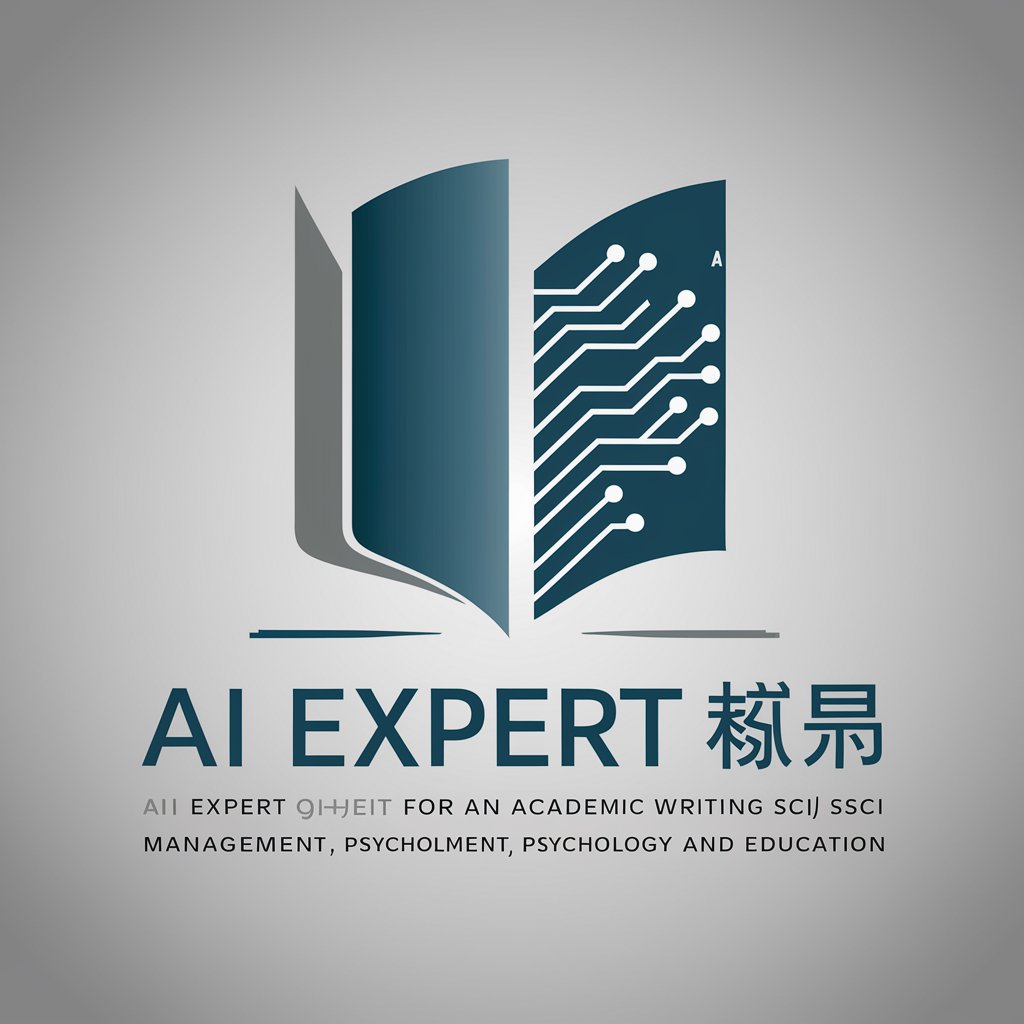
学术专家 - Patent Writing and Simulation Help
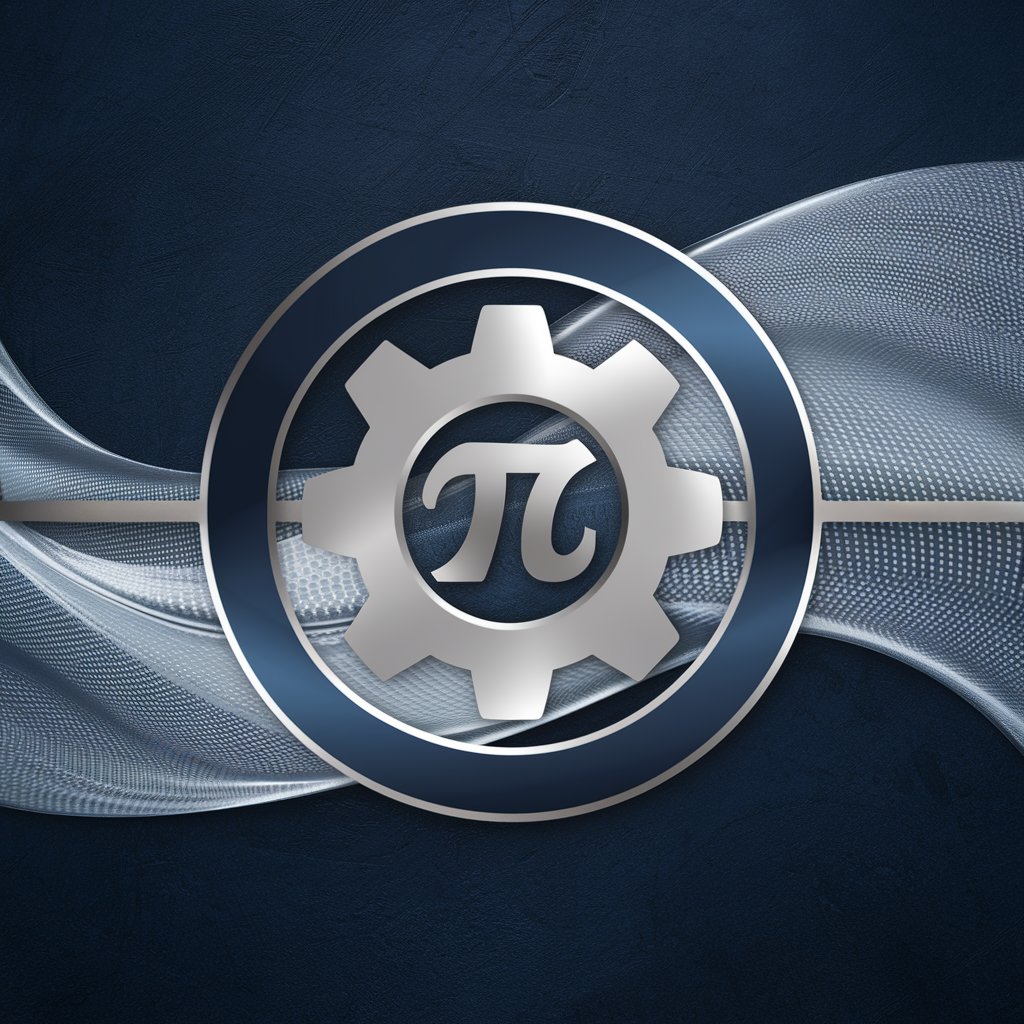
Welcome! How can I assist with your technical or academic needs today?
Empowering Innovation with AI-driven Insights
Explain the process of setting up a fluid simulation in ANSYS for a beginner.
What are the common errors to avoid when writing a patent for a mechanical engineering invention?
Describe the best practices for meshing in COMSOL for materials science applications.
How can I improve the accuracy of my fluid dynamics simulation results?
Get Embed Code
Introduction to 学术专家
The 学术专家, or 'Academic Expert,' GPT is designed as a specialized AI tool for assisting with academic, technical, and legal tasks related to specific scientific domains and patent writing. It offers detailed support in Bionics, Mathematics, Materials Science, Mechanical Engineering, and the use of simulation software such as ANSYS and COMSOL for fluid simulations. Its capabilities extend to providing in-depth guidance on patent writing and formatting, particularly for U.S. and Chinese patents. This GPT is tailored to facilitate understanding and execution of complex simulation setups, mesh optimization, solver configuration, and result interpretation. It also addresses potential errors in electrical circuit diagrams and offers corrective advice. Powered by ChatGPT-4o。

Main Functions of 学术专家
Simulation Software Guidance
Example
Guiding users through the setup of a fluid dynamic simulation in ANSYS to optimize the cooling process in an automotive radiator.
Scenario
A mechanical engineer needs to evaluate different configurations of a radiator to maximize cooling efficiency. 学术专家 provides step-by-step guidance on setting up the simulation, choosing the right mesh size, and interpreting the simulation results to identify the most efficient design.
Patent Writing and Formatting Assistance
Example
Assisting in the drafting of a patent for a new composite material that exhibits enhanced thermal resistance.
Scenario
A materials scientist has developed a new composite material but is unfamiliar with the patent process. 学术专家 offers detailed advice on how to structure the patent claims, describe the technical specifications, and comply with both U.S. and Chinese patent law requirements.
Error Identification and Correction in Electrical Circuits
Example
Identifying errors in a circuit diagram for a new electronic device that controls solar panel angles based on sunlight exposure.
Scenario
An electrical engineer designs a circuit for optimizing solar panel angles but encounters errors that could lead to malfunction. 学术专家 examines the circuit diagram, pinpoints the errors, and suggests modifications to ensure the device operates correctly and efficiently.
Ideal Users of 学术专家 Services
Academic Researchers
University professors and students engaged in research involving complex simulations, needing detailed and accurate modeling of phenomena in Bionics, Materials Science, or Mechanical Engineering.
Engineering Professionals
Mechanical and materials engineers in industry settings who require precise simulations to optimize product designs or improve processes, and need assistance with software like ANSYS and COMSOL.
Inventors and Patent Writers
Individuals or teams preparing patent applications for new inventions, especially those needing to navigate the specific requirements of patent law in multiple jurisdictions like the U.S. and China.

How to Use 学术专家
1
Visit yeschat.ai to start using 学术专家 for free without the need for login or a ChatGPT Plus subscription.
2
Select a specialized area such as Bionics, Mathematics, or Mechanical Engineering to focus your queries and utilize the expertise efficiently.
3
Prepare your specific questions or problems related to patent writing, simulation setups, or academic writing to make the most out of the interaction.
4
Use detailed descriptions and provide relevant data or context for your queries to receive precise guidance and accurate solutions.
5
Review the provided answers and apply the suggestions in your academic or professional projects, using follow-up questions to clarify or expand on the advice.
Try other advanced and practical GPTs
Web Pilot
AI-powered content analysis and writing

DMARCレポート分析(old)
Enhance email security with AI-driven DMARC analysis
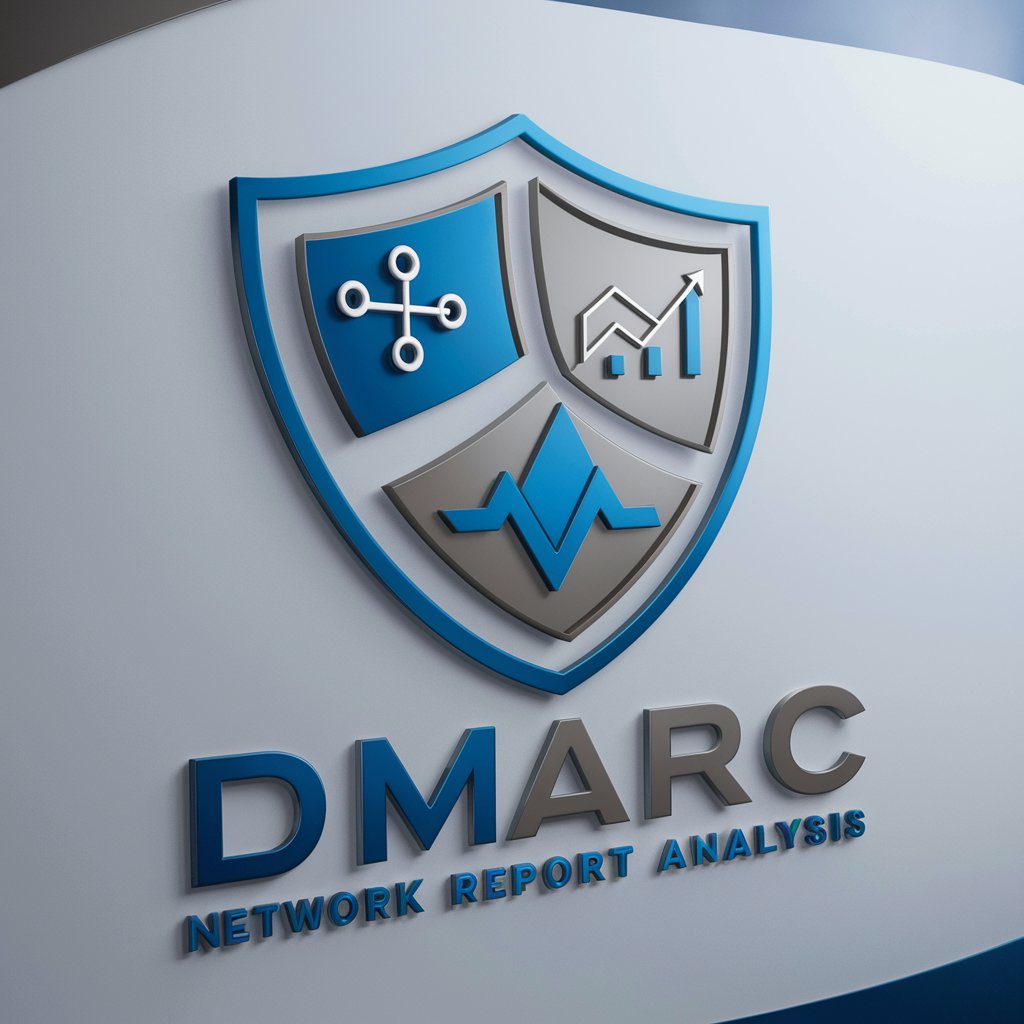
实习报告助手
Streamline Your Internship Journey with AI
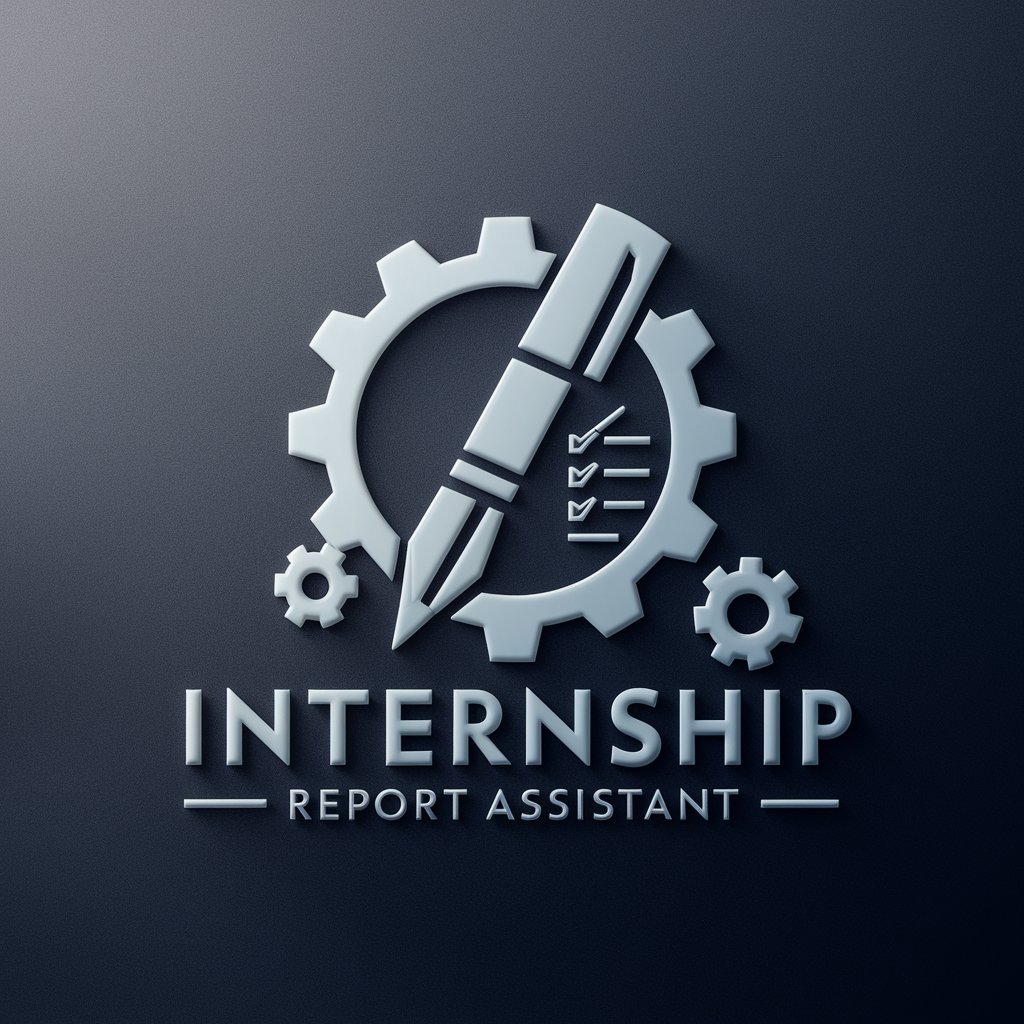
热点新闻(Breaking News)
Stay informed with AI-powered news updates

关键点扩写
AI-Powered Writing, Simplified

Курсовая работа
AI-powered academic support for students.
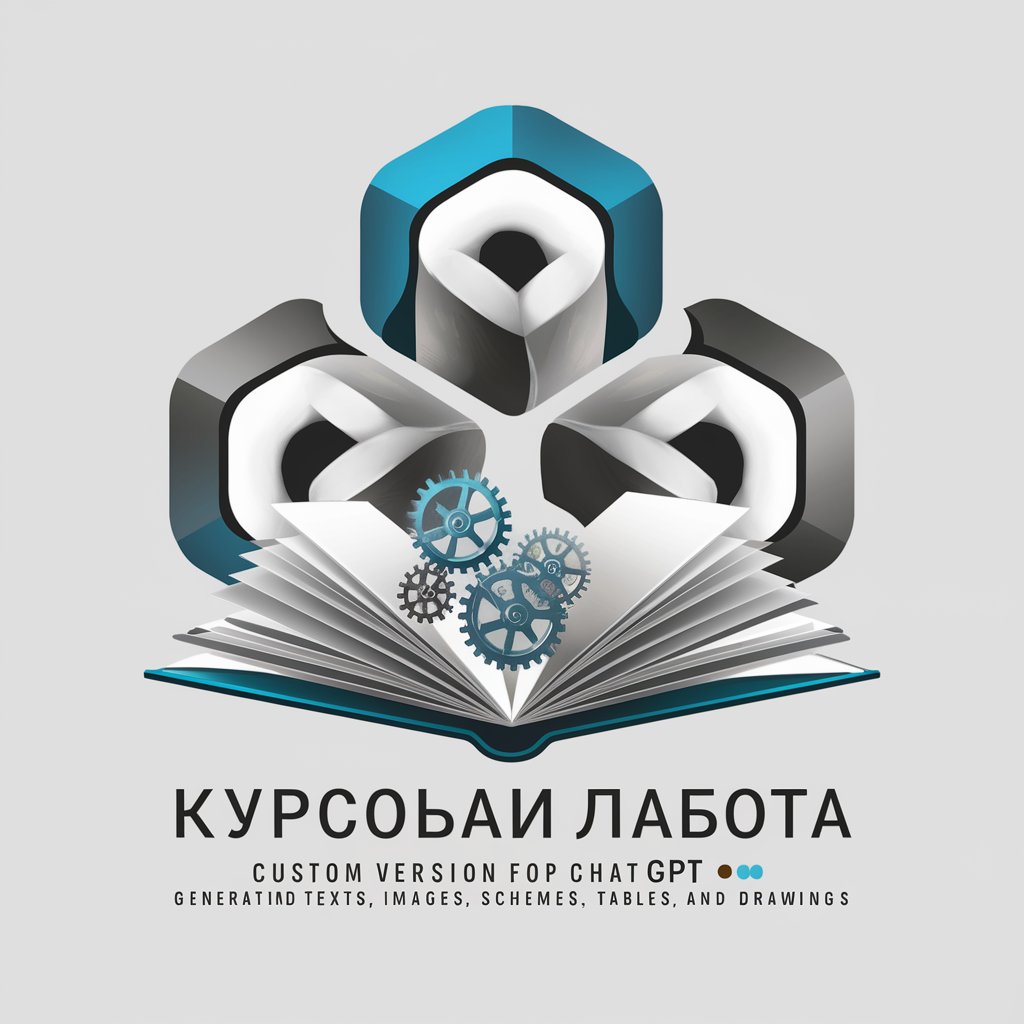
Copywriter
Empower your words with AI
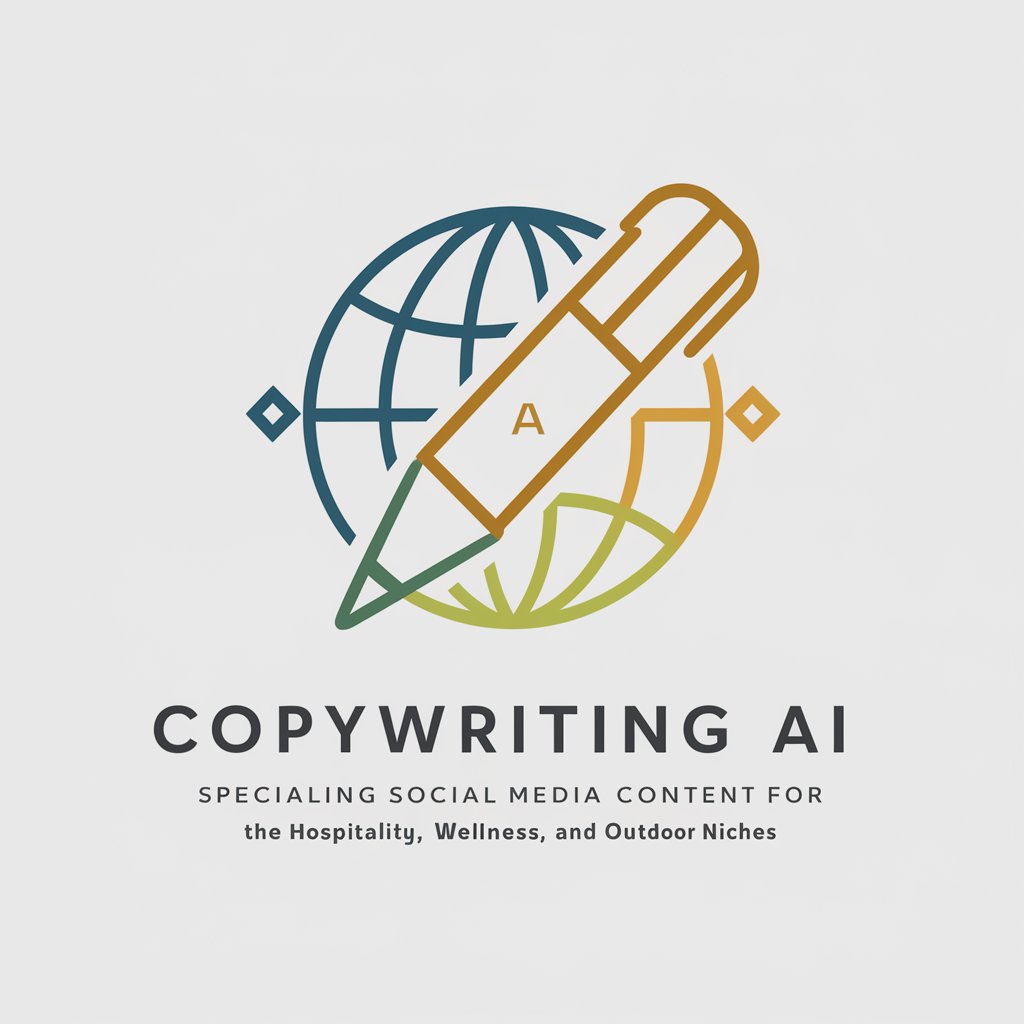
Storyline Weaver
Craft Your Story, Powered by AI

Storyline Helper
Empowering Instruction with AI

Python engineer - To the point
Direct Python code solutions, AI-powered.
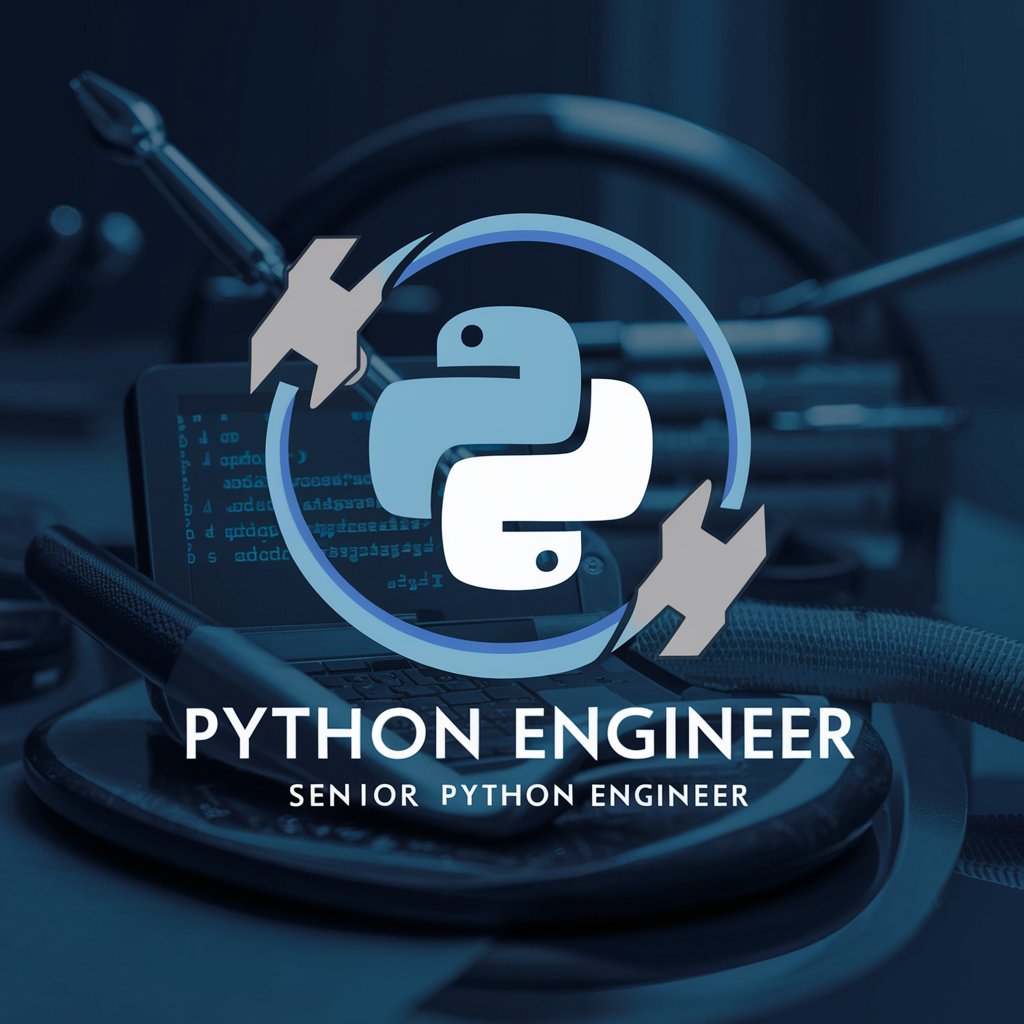
Pain Point Finder
Harnessing AI to pinpoint development hurdles
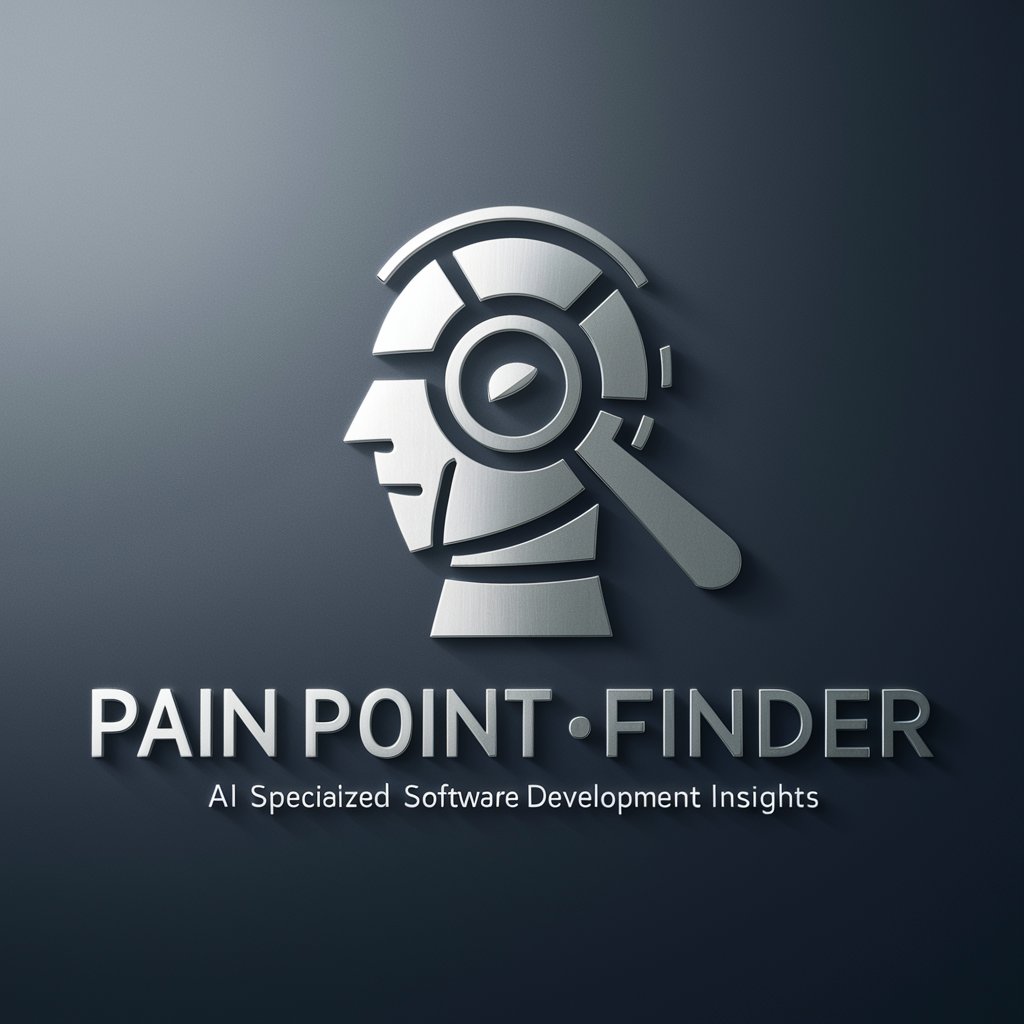
Langchain Assistant
Empower your code with AI
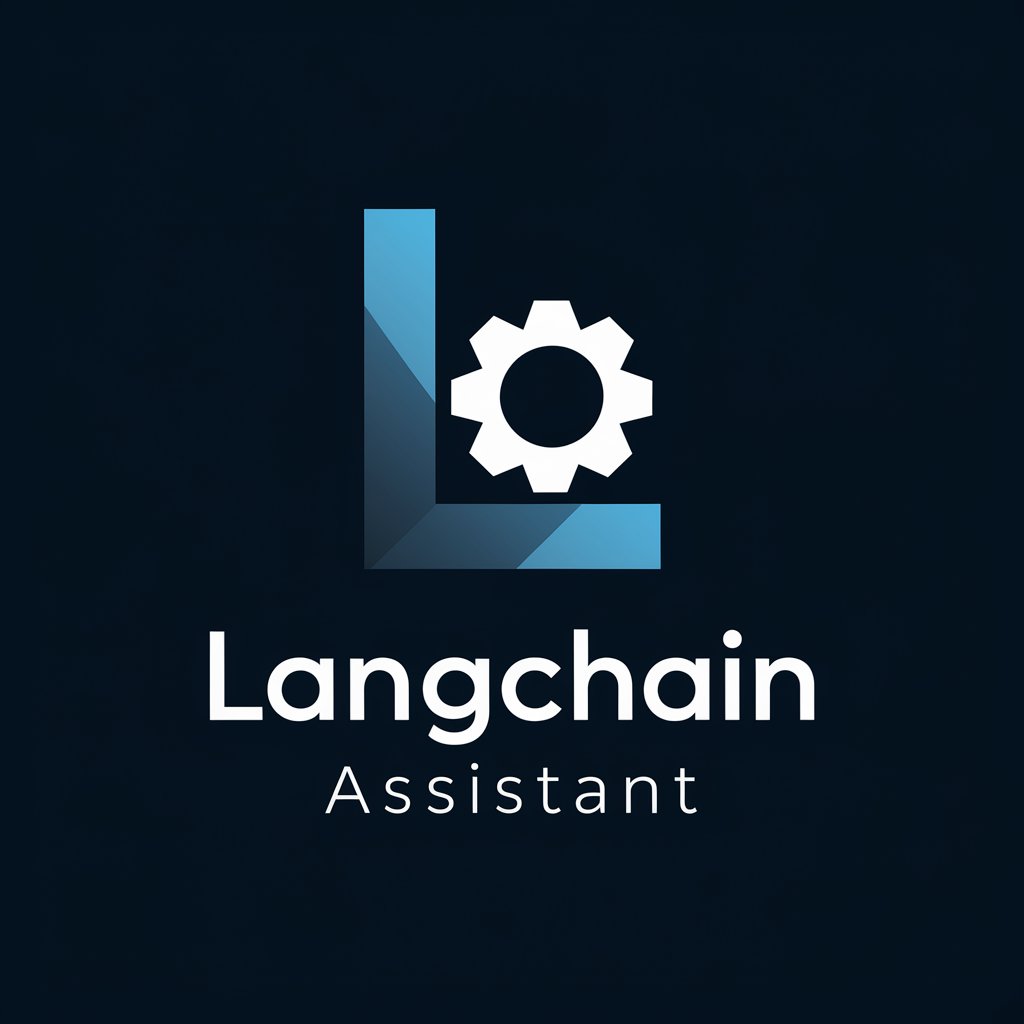
Frequently Asked Questions About 学术专家
What types of patent writing advice can 学术专家 provide?
学术专家 offers guidance on structuring and formatting patents, with a focus on U.S. and Chinese patent systems. It advises on crafting clear claims, detailed technical descriptions, and using precise legal and technical language.
How can 学术专家 assist in fluid simulations using ANSYS and COMSOL?
It provides advice on setting up simulations, selecting appropriate meshing strategies, boundary conditions, and solver settings. It also offers troubleshooting tips for common errors and interpretation of simulation results.
Can 学术专家 help identify errors in electrical circuit diagrams?
Yes, it can analyze circuit diagrams and suggest corrections, focusing on common pitfalls like incorrect component connections, voltage mismatches, and signal integrity issues.
In what ways can 学术专家 assist in academic writing?
This tool helps structure research papers, thesis documents, and other academic materials by providing tips on language, flow, citation standards, and ensuring the content is clear and logically organized.
What is the best way to utilize 学术专家 for a beginner in mechanical engineering?
Beginners should focus on learning the basics of mechanical design principles, material selection, and analysis techniques provided by 学术专家, and gradually advance to more complex topics as they build their foundational knowledge.
